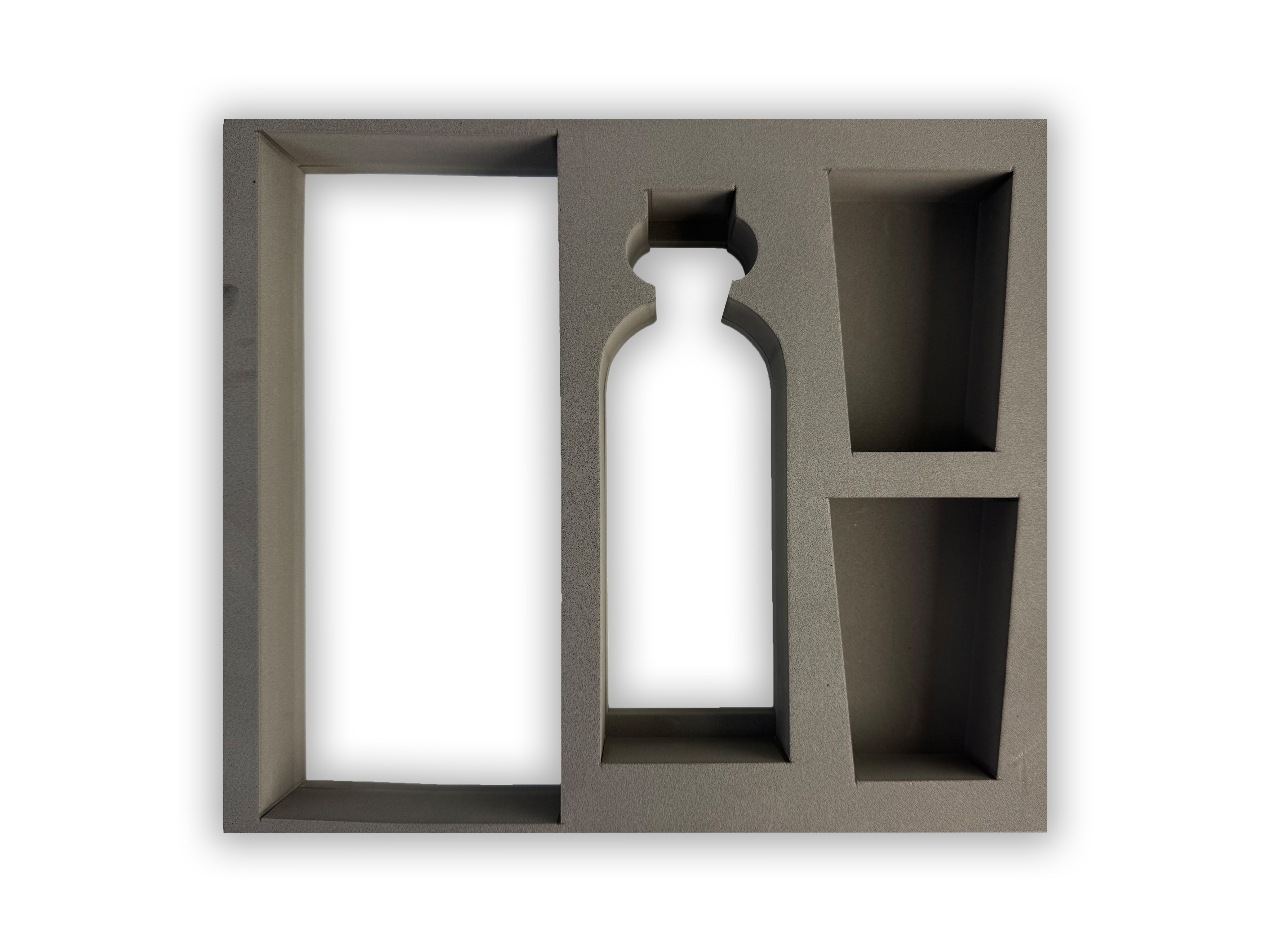Is EVA Material Eco-Friendly? Full Analysis & Manufacturer Insight
2025-07-30
Ethylene-Vinyl Acetate (EVA) is a widely used foam material found in a variety of applications, from sports equipment to electronics packaging. But is EVA material eco-friendly? This article explores the environmental profile of EVA, its recyclability, applications, and innovations by top foam manufacturers like Fubo in China. Learn how industries are adapting to meet modern sustainability demands while using this versatile material.

Table of Contents
- What is EVA Material?
- Is EVA Eco-Friendly?
- EVA’s Recyclability and Biodegradability
- Applications of EVA Foam
- Fubo: EVA Foam Manufacturer Driving Innovation
- Sustainable Alternatives to EVA
- Summary Table
- References
What is EVA Material?
EVA (Ethylene-Vinyl Acetate) is a copolymer of ethylene and vinyl acetate. It is a soft, flexible, and resilient material commonly used as foam in various consumer and industrial products.
Key Characteristics
- Flexible and rubber-like texture
- Lightweight and resilient
- Non-toxic and odorless
- Resistant to UV radiation and stress cracking
Is EVA Eco-Friendly?
EVA is partially eco-friendly due to its safety and durability but has some limitations:
Pros for the Environment
- Free from BPA, phthalates, and heavy metals
- Reusable and long-lasting
- Lightweight, reducing fuel consumption during transport
Environmental Concerns
- Not biodegradable: EVA does not break down naturally in landfills
- Limited recycling infrastructure in many regions
- Petrochemical origin may raise sustainability concerns
Overall, while EVA is safer than many plastics, it is not considered truly sustainable or biodegradable. However, responsible sourcing and reusability make it a better option in specific contexts.
EVA’s Recyclability and Biodegradability
EVA is recyclable, but its recycling depends on facilities and sorting technologies. It is often downcycled into mats, fillers, or building materials.
Can EVA Be Biodegradable?
- Standard EVA is not biodegradable
- Some manufacturers are experimenting with bio-based EVA derived from sugarcane
- Compostability requires major chemical modifications
Applications of EVA Foam
EVA is a versatile foam material used across industries. One of its major uses is in shock-absorption and insulation packaging.
Common Applications
- Shoe midsoles and sports padding
- Protective cases for electronics
- Yoga mats and foam blocks
- Toys and floatation devices
- Construction insulation boards
Industry Use Cases
Fubo, a leading EVA foam manufacturer in China, supplies high-quality EVA foam products for industries including:
- Electronics and computer components
- Sports equipment and swimming gear
- Semiconductors and energy industries
- Educational toys and DIY kits
Fubo: EVA Foam Manufacturer Driving Innovation
Fubo is a professional foam manufacturer located in Xiegang, Dongguan, Guangdong, China. With a focus on advanced EVA solutions, Fubo supports global customers with fast turnaround and OEM/ODM customization.
Fubo’s Product Range
- Customized EVA foam inner linings
- EVA foam swimming boards
- Numerical EVA toys and learning blocks
- Protective EVA cushioning for electronics and appliances
- Soilless culture EVA foam boards for agriculture
Why Choose Fubo?
- Rapid development: Designs completed within 8–24 hours
- Fast sampling: Ready in 1–3 working days
- Quick production: Bulk orders ready in 7–10 days
- Strong R&D: Over 30 engineers and technicians
- Global partnerships: Worked with top brands in packaging and electronics
Fubo also prioritizes eco-aware production by optimizing material use and waste reduction in the supply chain.
Sustainable Alternatives to EVA
As eco-conscious demands rise, some companies are exploring alternatives to traditional EVA materials:
Green EVA Options
- Bio-EVA: Derived from sugarcane or corn starch
- TPU (Thermoplastic Polyurethane): More durable and recyclable
- Natural rubber foams: Biodegradable but less durable
Are Alternatives Better?
- Bio-EVA can reduce carbon footprint but may cost more
- TPU is recyclable but harder to foam and more expensive
- Natural rubber foams have limitations in consistency and water resistance
Summary Table
| Aspect | EVA Foam Material | Eco Rating |
|---|---|---|
| Material Type | Ethylene-Vinyl Acetate Copolymer | Moderate |
| Biodegradable | No | Low |
| Recyclable | Yes, conditionally | Moderate |
| Toxicity | Non-toxic | High |
| Durability | Excellent | High |
| Eco Alternatives | Bio-EVA, TPU, Natural Rubber | Higher |
| Top Manufacturer | Fubo (China) | OEM/Eco Solutions |
References
- Fubo Foam Manufacturer
- Plastics Europe - EVA Overview
- ScienceDirect: EVA Material Profile
- Material District: Bio-based EVA
